By Jacob Marsh
To begin to understand the concept of closing the loop of an ecosystem, follow the water. The streams that leave the top ponds, the soaking pond, the apple ponds. Where do they go? To find the answer, find the box. Each stream feeds into the collection box, a concrete vault in between the Oak House and the Welcome Center. There the water feeds into an underground pipe that leads to the hydroelectric plant, which supplies all the power for Valley View Hot Springs and allows the Springs to be completely off the grid. After the water leaves the plant it feeds into the Meanders, a winding shallow stream, about a fourth of which was constructed in partnership with OLT, the Natural Resources Conservation Service, and USFWS, and Colorado Department of Parks and Wildlife. The lower three fourths is the historic stream bed. It provides not only usable fresh water down the hill, but also to give a home to two species of threatened fish, the Rio Grande Sucker and the Rio Grande Chub. The water in the meanders then flows into the Reservoir at Everson Ranch, where it is collected and the water level is regulated as it is used to provide all the water for the 760 acres at Everson Ranch. The ranch uses irrigated pipe to ensure that the water is not wasted. In the high winds and dry climate of the valley, upwards of 15% of water can be wasted to evaporation before it even hits the ground. Irrigated pipe ensures that the water will all be distributed to the plants, and then drip right back down into the aquifer, keeping Colorado water in Colorado. The water is used to feed the pasture land that is grazed by the cows and pigs and sheep, the garden which provides fresh veggies, and the alfalfa fields, which will be cut, dried, and used to feed the livestock for the winter. To further close the loop, Everson Ranch is bringing the meat and vegetables back to the hot springs, where they are sold and enjoyed by the guests. Any extra food is put into compost bins, which then are brought right back down to the ranch to feed the pigs, and the cycle continues. Approximately 30% of the food produced in America is thrown away. 80% of the water consumed in this country is used in agriculture. It is up to us to ensure that we close the loop and eliminate waste to the best of our ability. And for us, it starts with the very water you are soaking in.

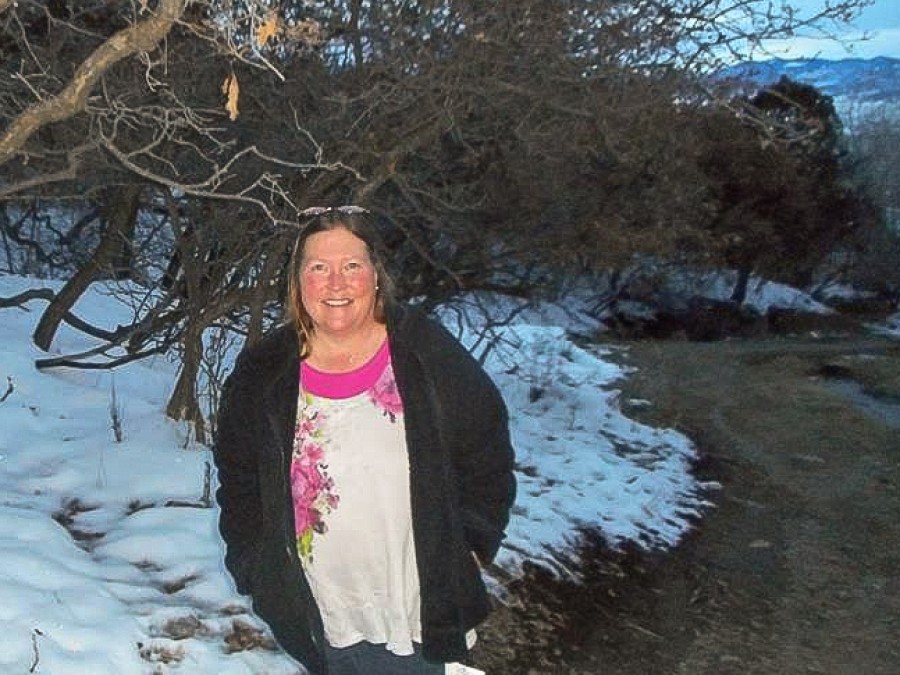

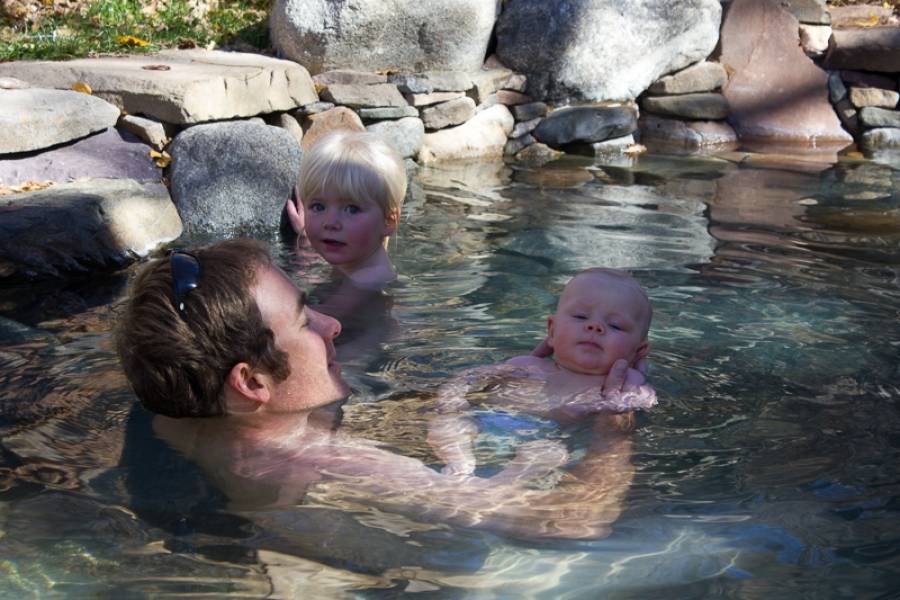
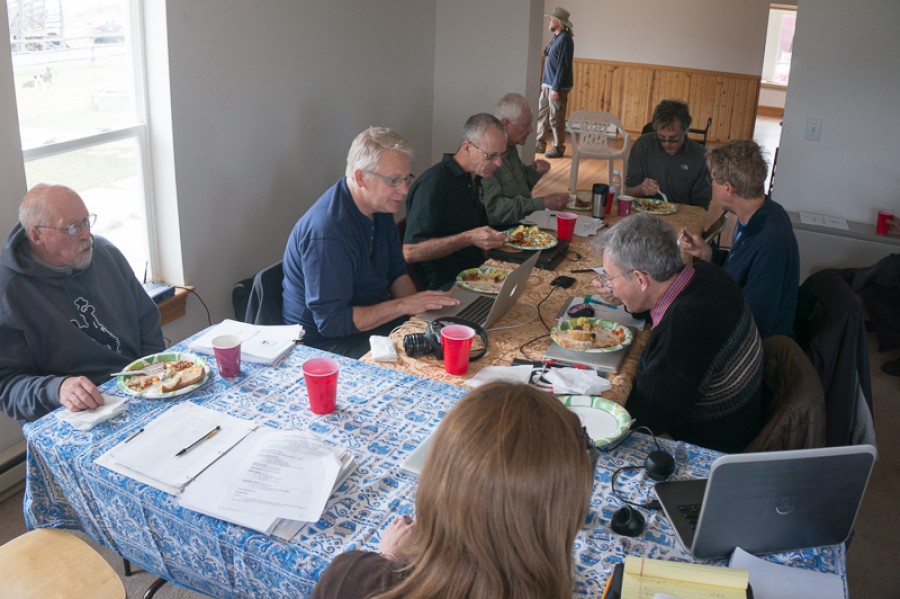
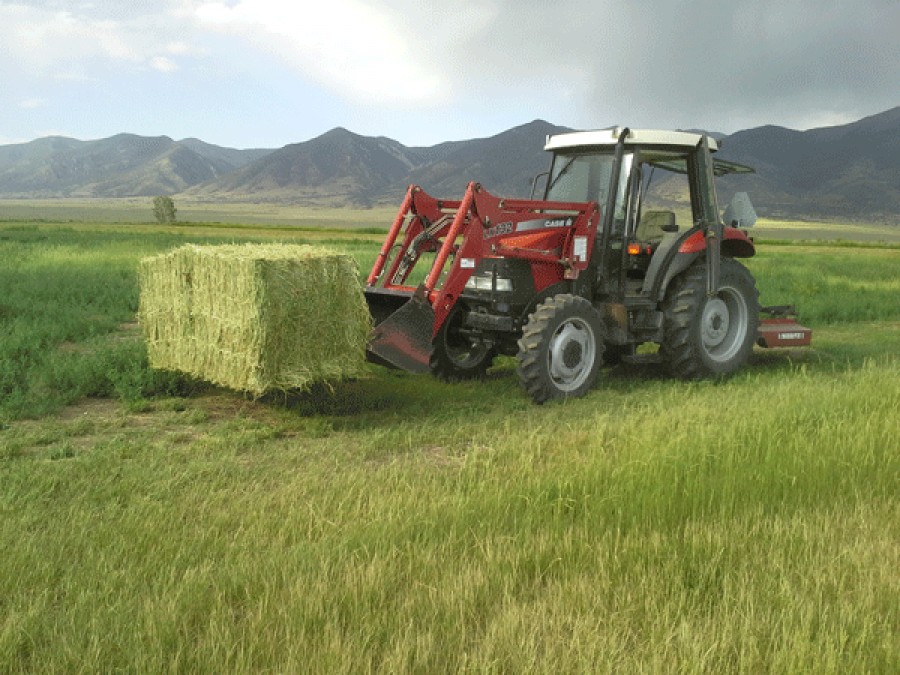
![New Telescope: See for Yourself [Video] New Telescope: See for Yourself [Video]](https://olt.org/media/k2/items/cache/bdc7d0f30e0c420b2ac279d6a1c096e4_XL.jpg)
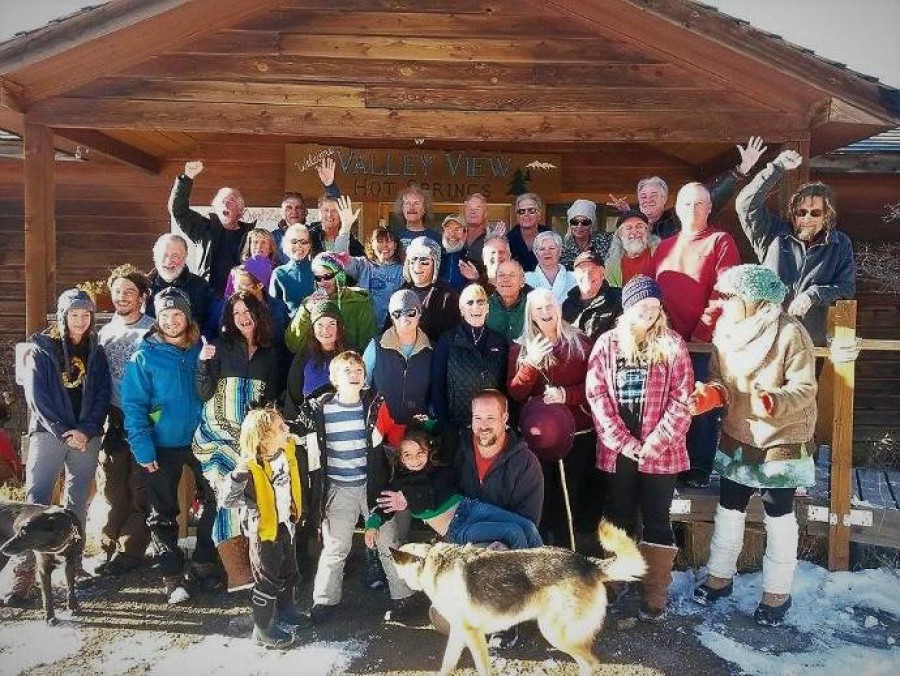
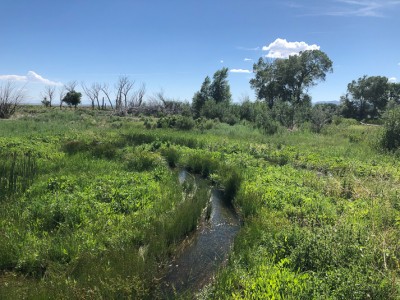
_jpg_6c672d47280841329b14b9fb6f4c9f63.jpg)
-2_jpg_c9719b17d21b23fe43b5a2df0d3d684a.jpg)
-3_jpg_f2f86e77709892267635427966373468.jpg)